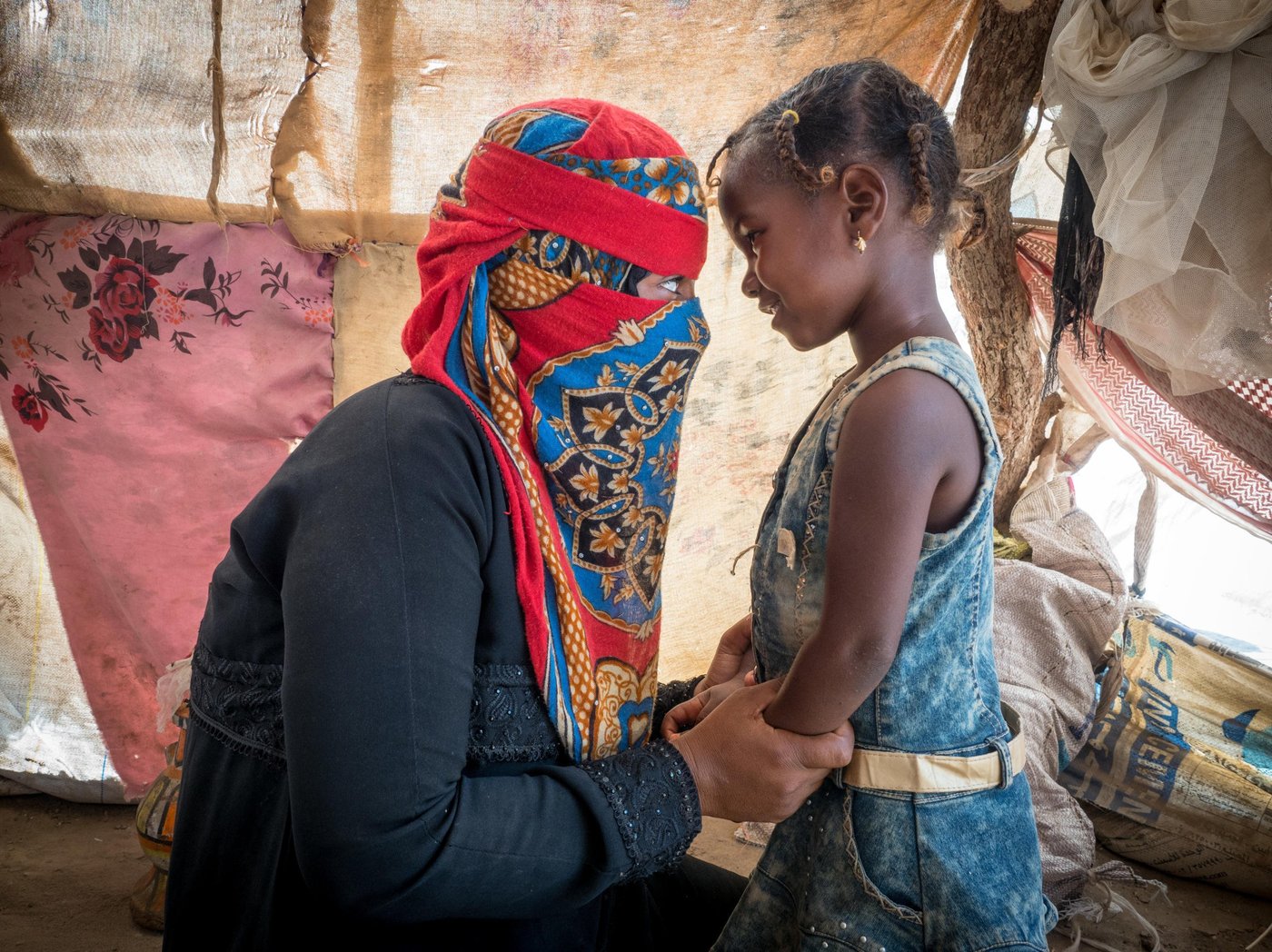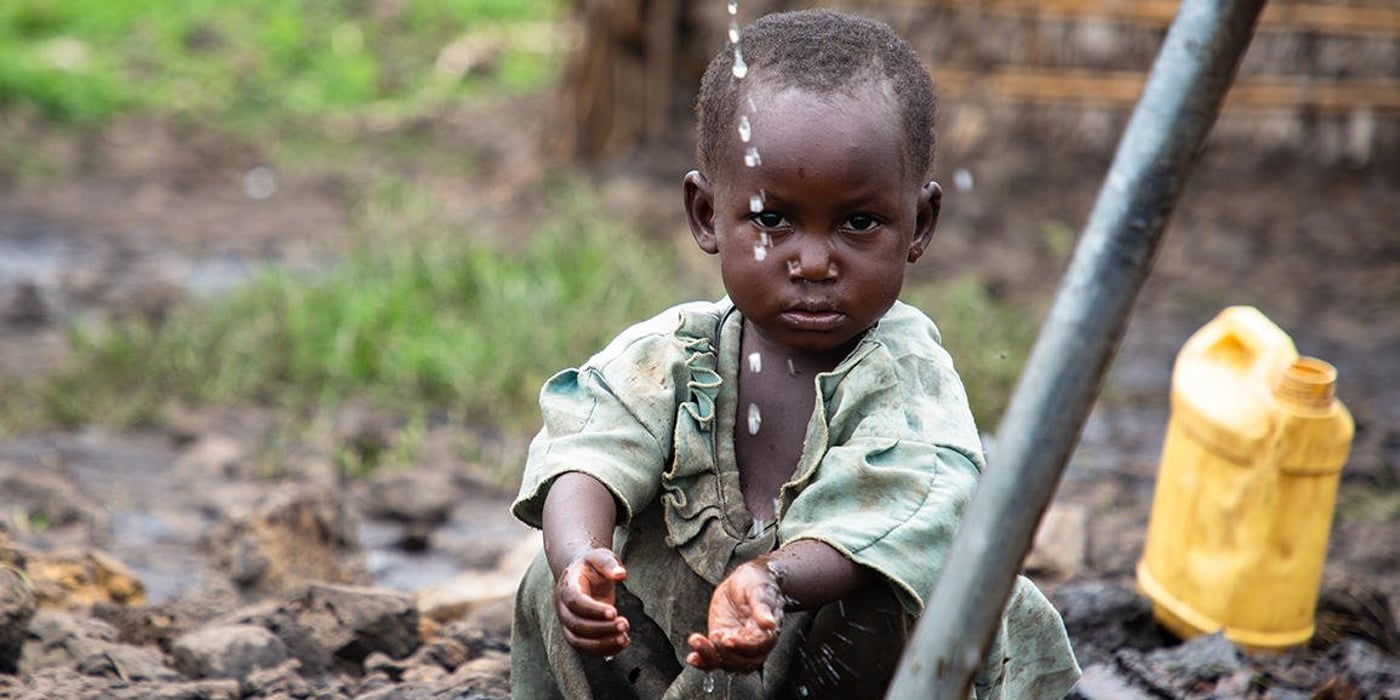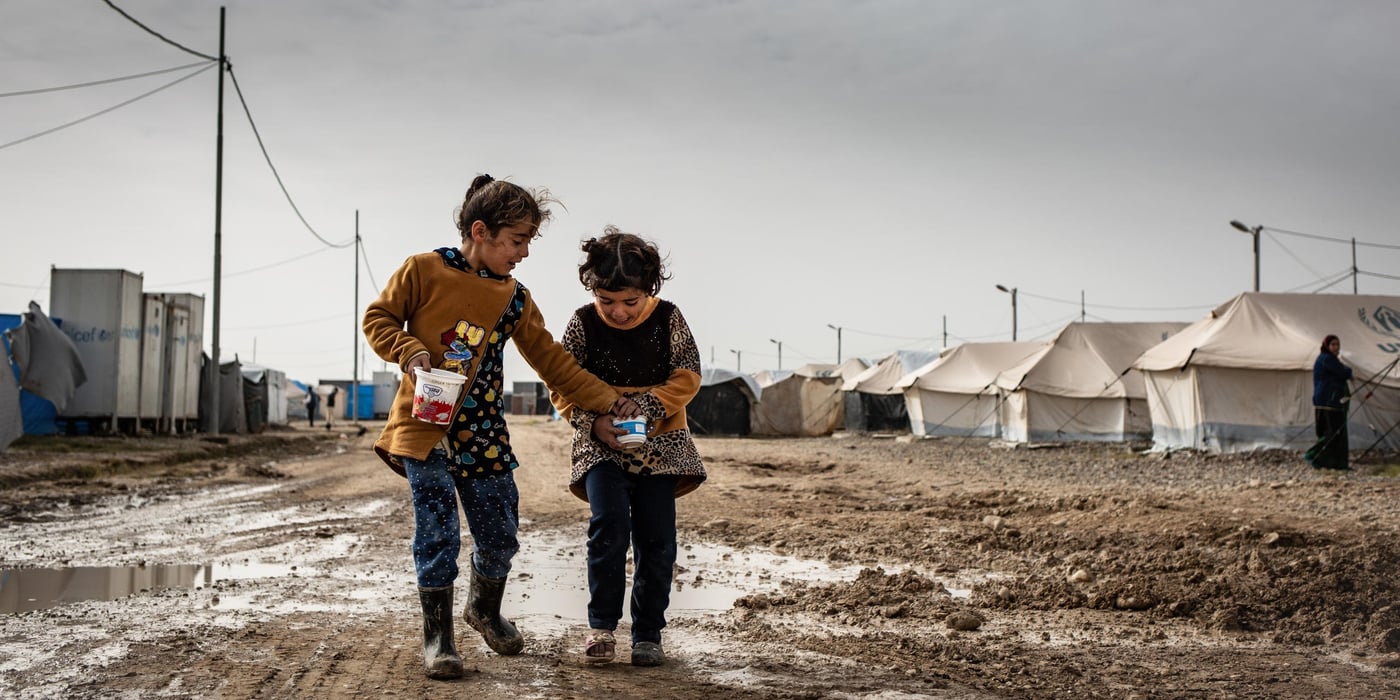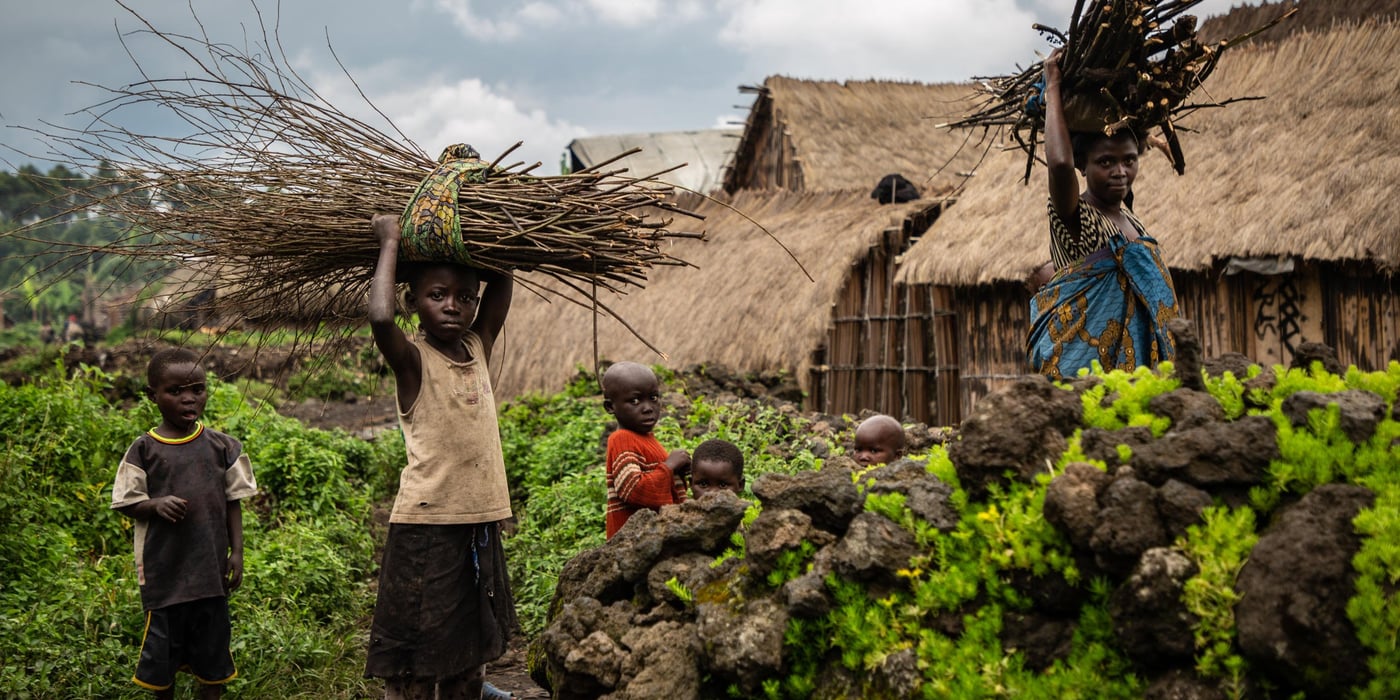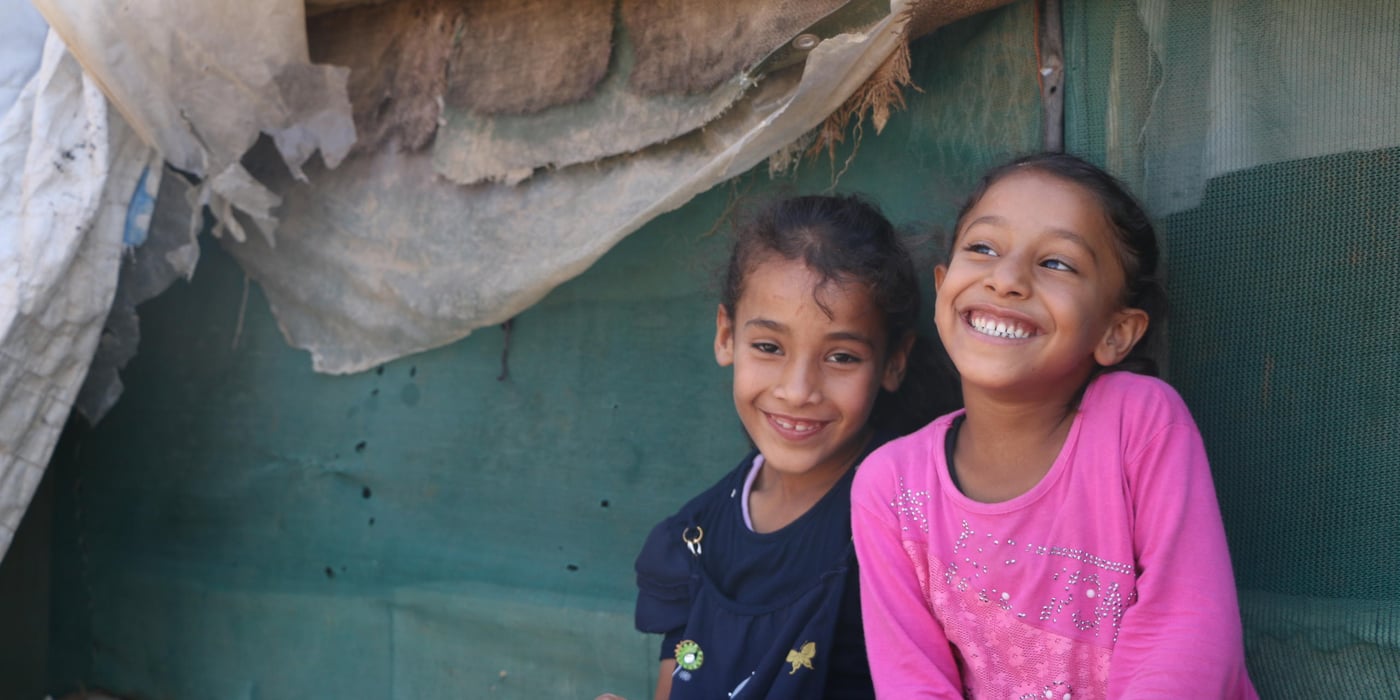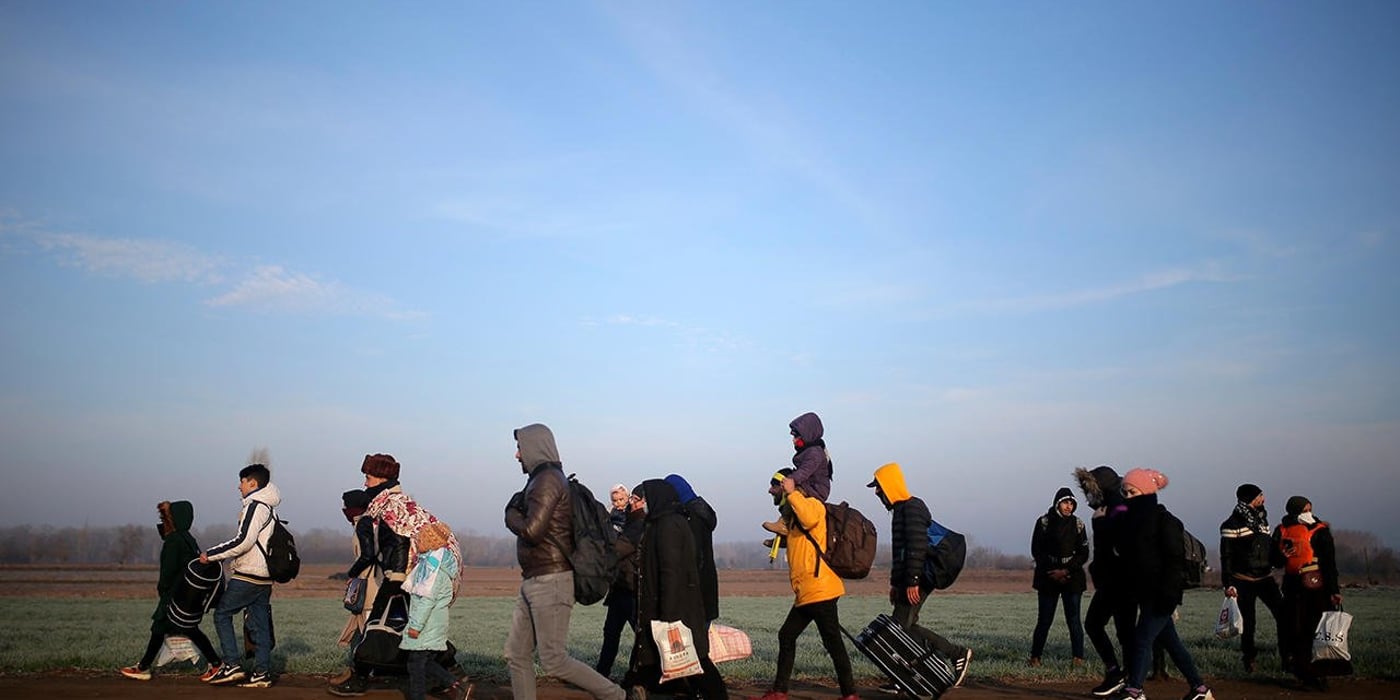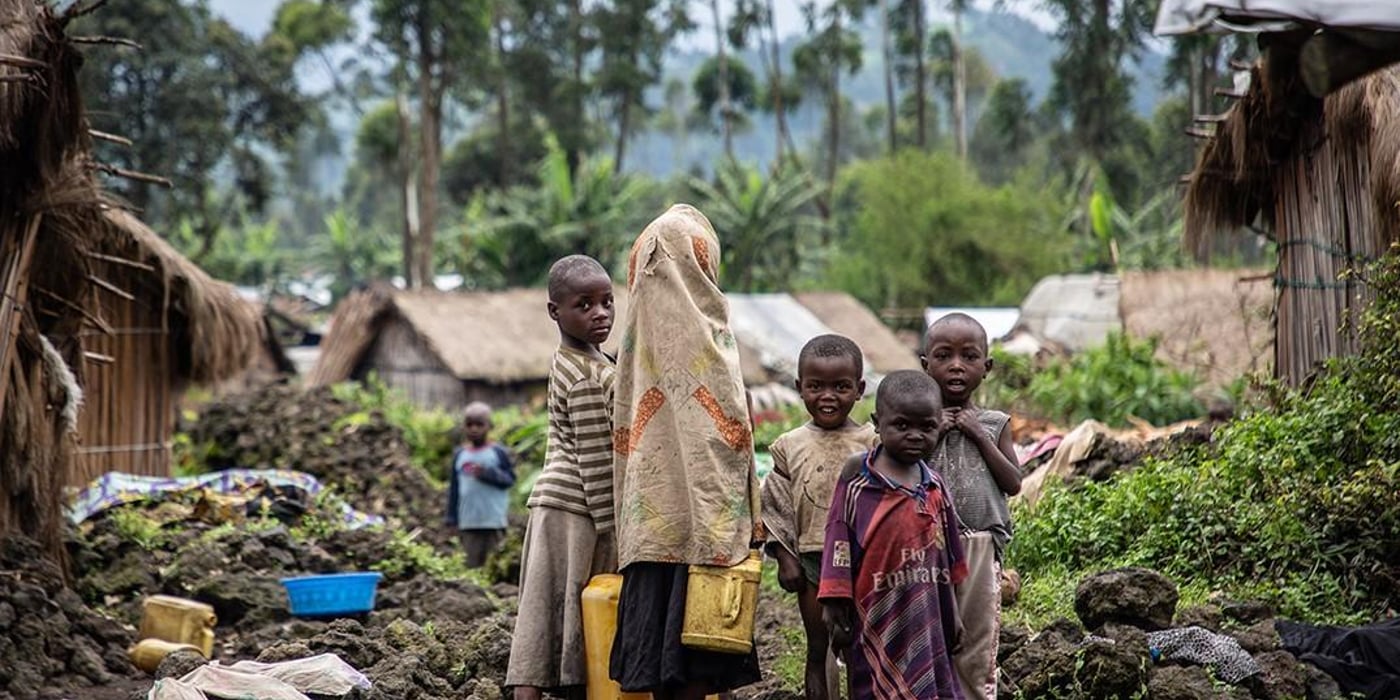Men er det noe vi, som enkeltpersoner, kan gjøre for å hjelpe?
Det korte svaret er JA! Heldigvis er det noen ting alle kan gjøre for å bidra. Det er også absolutt nødvendig at vi velger å gjøre det, dersom vi noen gang skal kunne se slutten på denne krisen.
Hvert eneste menneske fortjener å leve et liv i verdighet, og hvert eneste menneske betyr noe. Selv om statistikken kan virke overveldende, er det alltid verdt det å gjøre noe for andre. Selv om du klarer å hjelpe bare én person, så betyr det alt for den du hjelper.
Så hva er problemet?
Problemet er ikke flyktningene selv, men situasjonen de befinner seg i. De aller fleste er bare mennesker som deg og meg, men som har blitt tvunget til å forlate alt og flykte til tryggheten – fordi de ikke har noe annet valg.
De grusomme utfordringene mange som er på flukt går igjennom er umulige for de fleste av oss å fatte. Likevel makter de å fortsette, og søker videre etter lyset i enden av en veldig mørk tunnel.
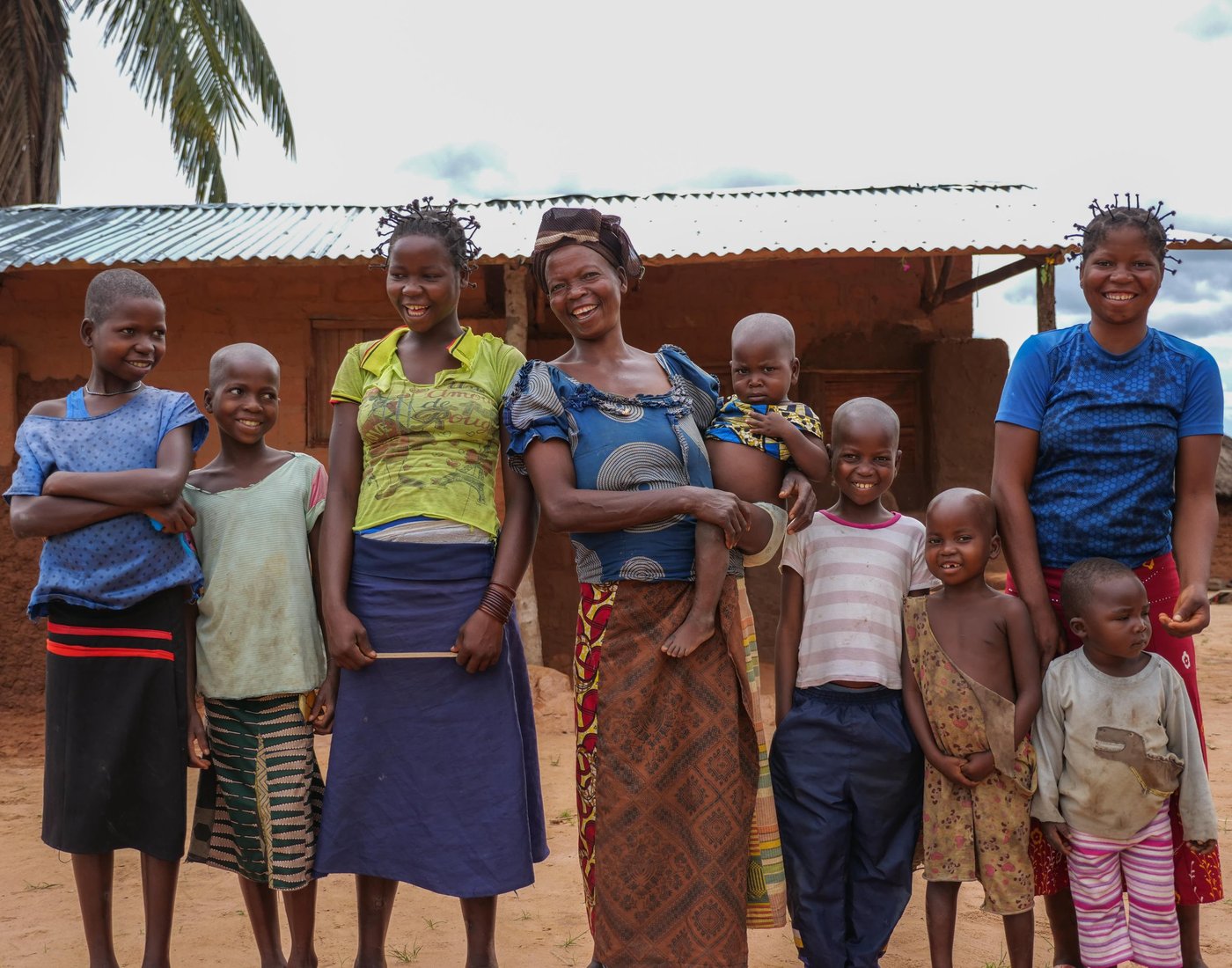
De av oss som var heldige nok til å bli født i et trygt hjørne av verden bør gjøre det vi kan for dem som ikke var like heldige. I stedet for å se på flyktninger som fiender, burde vi heller la oss inspirere av dem, og jobbe mot å gjøre verden til et bedre sted for alle – litt etter litt.
Her er tre ting du kan gjøre for å hjelpe mennesker som er tvunget til å flykte fra hjemmene sine:
1. Bruk stemmeretten din!
Stem på politiske partier som fører en human flyktningpolitikk.
Vi trenger at samfunnet står sammen og aktivt tar del for å kunne få slutt på flyktningkrisen. Et av de beste verktøyene vi har for å kunne oppnå dette er å stemme i samsvar med disse verdiene når det er valg.
Det er mye myndigheter kan gjøre for å støtte flyktninger. De kan ta sin del av ansvaret for å beskytte mennesker på flukt og påse at ingen sendes tilbake til farlige situasjoner. Rike land kan også øke støtten til mennesker som bor i konfliktsoner, og hjelpe dem å gjenoppbygge sine egne samfunn.
Du kan være med og styre din egen regjering i denne retningen ved å bruke stemmeretten din. Det igjen sender en klar beskjed til andre land: “Se, i landet vårt bryr vi oss om mennesker over hele verden. Nå er det på tide at dere anerkjenner deres ansvar også.”
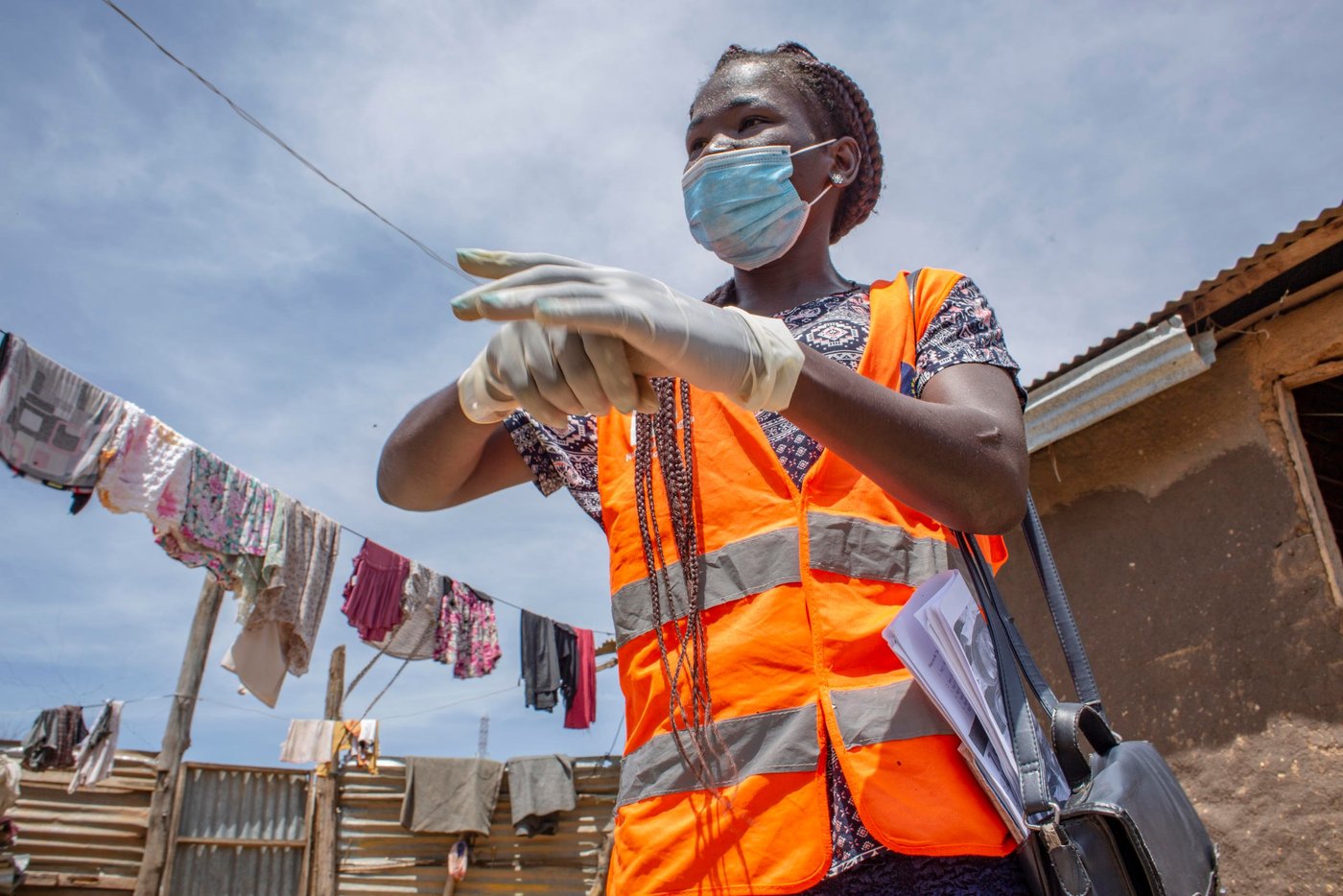
2. Gi en gave til en humanitær organisasjon
Bidra til varig endring for millioner av mennesker som er tvunget til å forlate alt.
Mange humanitære organisasjoner verden over jobber døgnet rundt for å beskytte og støtte mennesker som er på flukt.
Her i Flyktninghjelpen har vi 75 års verdifull erfaring med å hjelpe mennesker som har måttet forlate hjemmene sine. I likhet med andre humanitære organisasjoner arbeider vi etter prinsippene om humanitet, nøytralitet, upartiskhet og uavhengighet. Dette betyr at vi jobber for å hjelpe dem som trenger det mest, uavhengig av hvem de er eller hvor de kommer fra.
I 2020 hjalp vi nesten 12 millioner mennesker. I tillegg til å yte nødhjelp arbeider vi for å få på plass varige løsninger. For eksempel bidrar vi med utdanning, vi hjelper mennesker med å skaffe seg et levebrød, og vi tilbyr rettshjelp til dem som trenger det. For å kunne fortsette å hjelpe mennesker på flukt, trenger vi din hjelp.
Flyktninghjelpen hjelper mennesker på flukt i over 30 land verden over. Støtt vårt arbeid i dag.
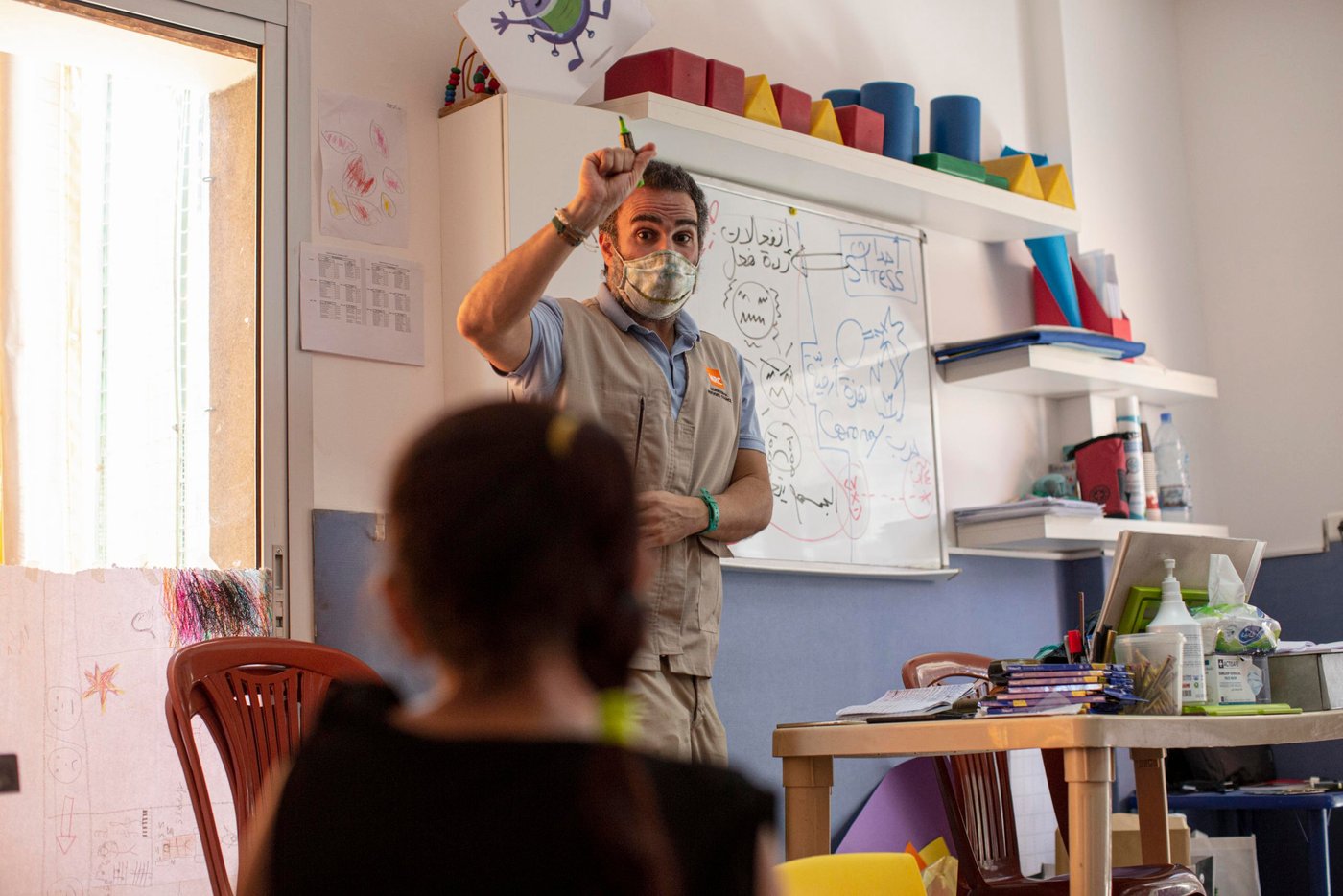
3. Spre ordet
Ved å dele informasjon om flyktningsaken kan du utfordre “fake news” og bidra til å skape mer forståelse og samarbeid.
Det er fullt av feilinformasjon på internett. Flyktninger blir ofte omtalt som lykkejegere, eller til og med som potensielle terrorister som er ute etter å ødelegge vestlige samfunn. Disse påstandene er ikke sanne - og enda verre, de er nedverdigende.
Flyktninger er mennesker, akkurat slik som alle andre, og de fortjener absolutt ikke å bli sett på som “fienden”. Det er ikke noe “oss” og “dem” – bare oss.
Ingen av oss ønsker å leve i et samfunn preget av urettferdighet og åpenbare løgner, derfor bør vi gjøre vårt beste for å si fra når vi støter på slike “fake news”. Lærte du noe av artiklene våre, for eksempel? Del dem, eller fortell en venn om det!
Det aller første skrittet mot å løse et problem, er å gjøre det kjent.
***
Det er lett å kjenne på håpløsheten når man leser og hører historier om alle de fryktelige situasjonene mennesker på flukt opplever. Men det er viktig å huske på at ingen situasjon er håpløs før alle har mistet håpet. Og hvorfor skal vi miste håpet når det er så mye vi kan gjøre, og når menneskene som er på flukt selv fortsetter å håpe om, og søke etter, et bedre liv?
Enhver stor forandring i verden starter med små steg. Ta ditt første i dag.


